Revolutionary magazine covers since the 1950s ‘Uncovered’ in a new book

As the age-old adage goes, ‘There is no such thing as a good magazine with a bad cover.’ This is the theme of Uncovered, a new book detailing the most iconic, provocative and memorable British and American magazine covers to emerge during the last 60 years.
The fruit of two years of meticulous research by author and media veteran, Ian Birch, this unique social archive presents a rounded chronology of the newsstand cover’s power as a crucial marketing tool. Birch tracked down and interviewed over 150 key people from titles like Vogue, Wallpaper*, Esquire, The New Yorker, i-D, The Face, Private Eye, and Rolling Stone to highlight the long and often turbulent process of executing a cover that defines and justifies its content.
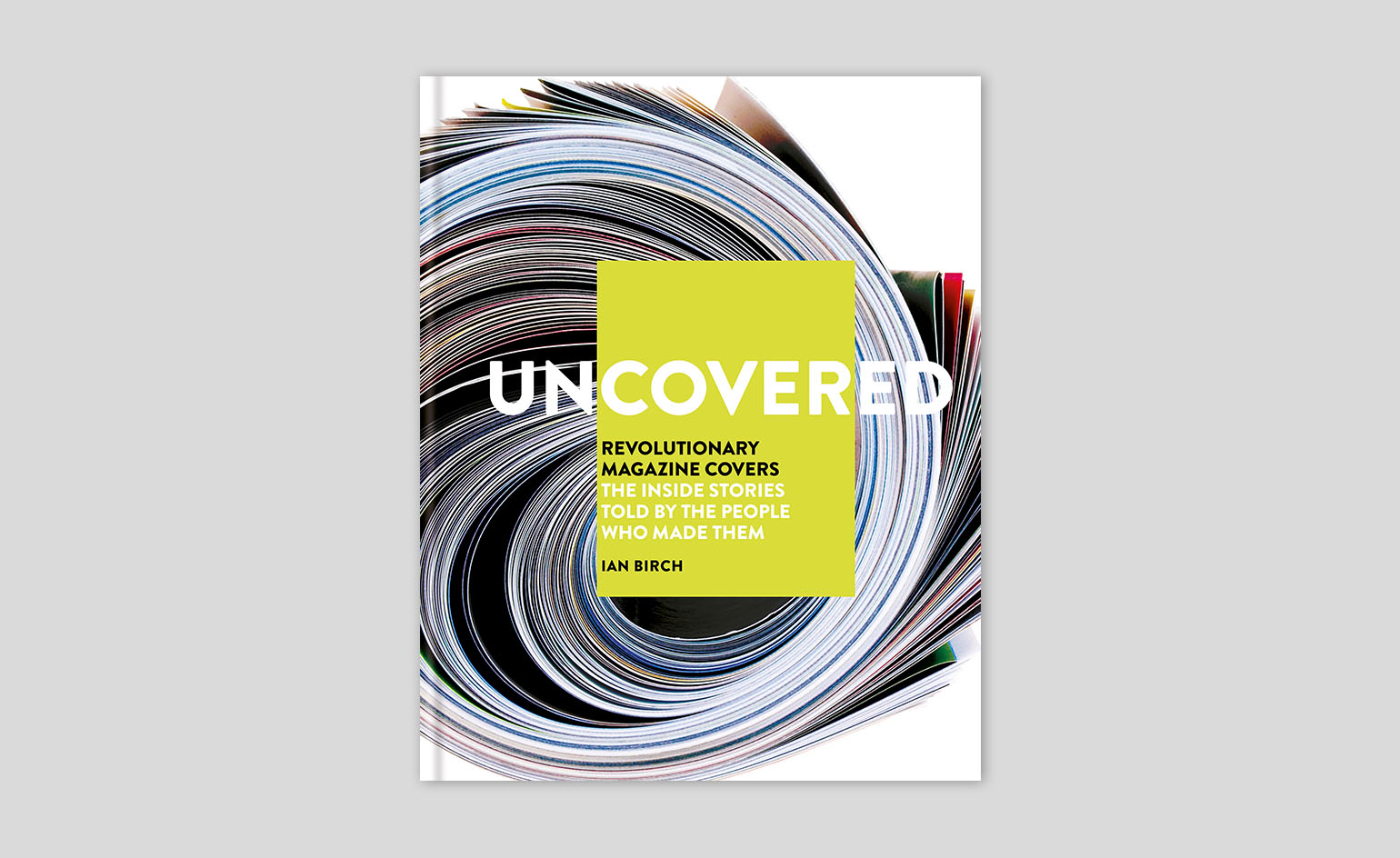
Uncovered: Revolutionary Magazine Covers by Ian Birch explores seminal designs from the 1950s and onwards
The visual chronicle begins in the late 1950s, tracing cultural and political shifts, moments that shattered conventions and covers that made history through to present day. ‘I end when covers were re-energised by the twin political thunderbolts of Brexit and Trump, and the warped speed of the political news cycle,’ says Birch.
Among the honour roll is the cover of Wallpaper’s first issue, from September/October 1996. Sexy, slick and style-savvy, it showed a pair of models wearing clad in Tom Ford’s Gucci (she in a daring cut-out dress, he in a beige open cardigan and relaxed fit white trousers), sauntering about minimalist loft of Walter Schupfer in New York. It was the world of Wallpaper* – contemporary fashion, lifestyle, architecture, interiors – brimming with idealism and tied neatly in a single composition. ‘Culture went to some very dark places then, like heroin chic, but we wanted to be that constant on the horizon which was sunny and positive and our own place,’ recalls our founding editor, Tyler Brûle. ‘It was ahead of its time then but now it’s completely mainstream,’ adds Tony Chambers, editor-in-chief from 2007-2017.
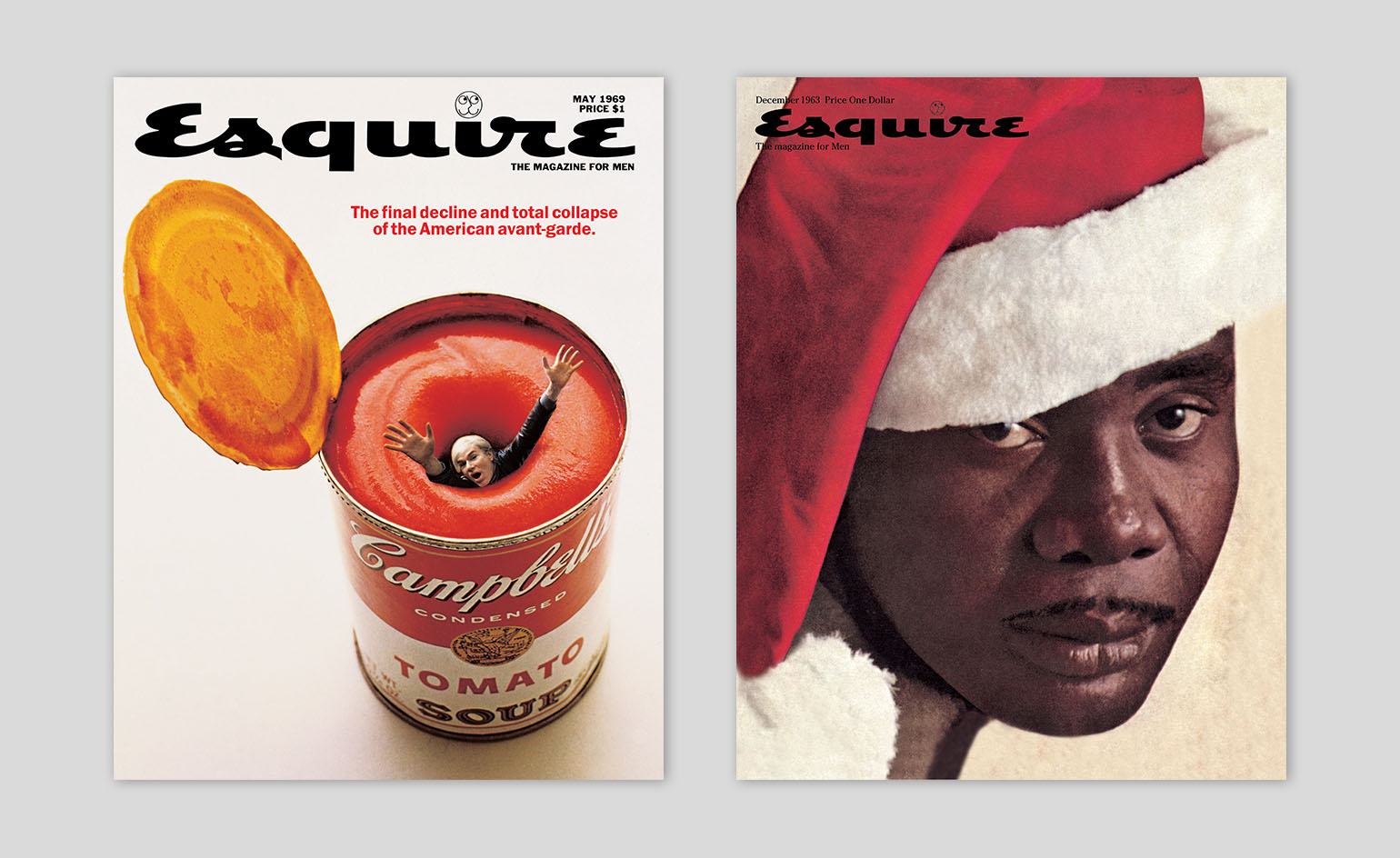
Some covers have even been honoured in their own exhibition, such as George Lois’ 92 creative offerings for Esquire (see above), displayed at MoMA in 2008. In conversation with his frequent photography partner, Carl Fisher, Lois recounts the stories behind his most distinctive visuals for Uncovered – including a black Santa Claus modeled by boxer Sonny Liston (in 1963, a pivotal year for the Civil Rights Movement), Muhammad Ali posing as San Sebastian (1968, an homage to the sporting legend’s draft resistance), and Andy Warhol drowning in a can of Campbell soup (1969, a comment on the absurdity of fame).
The book is a tribute to the cover lines that shocked, the images that collared taboos and sparked debate, and the creations that augmented the possibilities of print media. It discusses the cover’s capacity to generate an immediate emotional response in a world where success is marked by an ability to attract, seduce and inform prospective readers. Throughout, Birch seeks to define the ultimate cover formula, whether through graphic minimalism, conceptual potency, intense eye contact or lack of ‘cover line clutter.’ If there’s ever been such a thing as ‘the perfect cover’ to distil and amplify the voice of a title, it’s very likely be found in Uncovered.
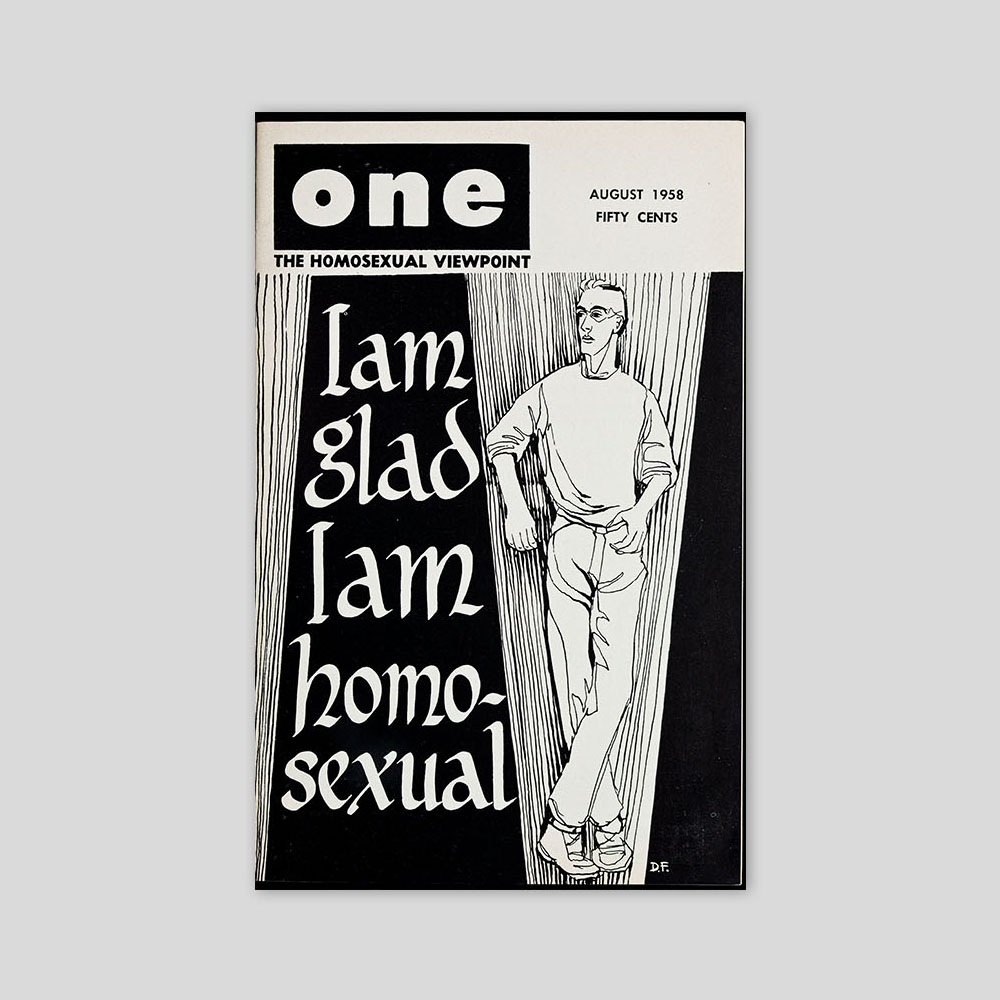
One magazine, August 1958, managing editor Don Slater, art director Eve Elloree, cover artist Dawn Fredericks
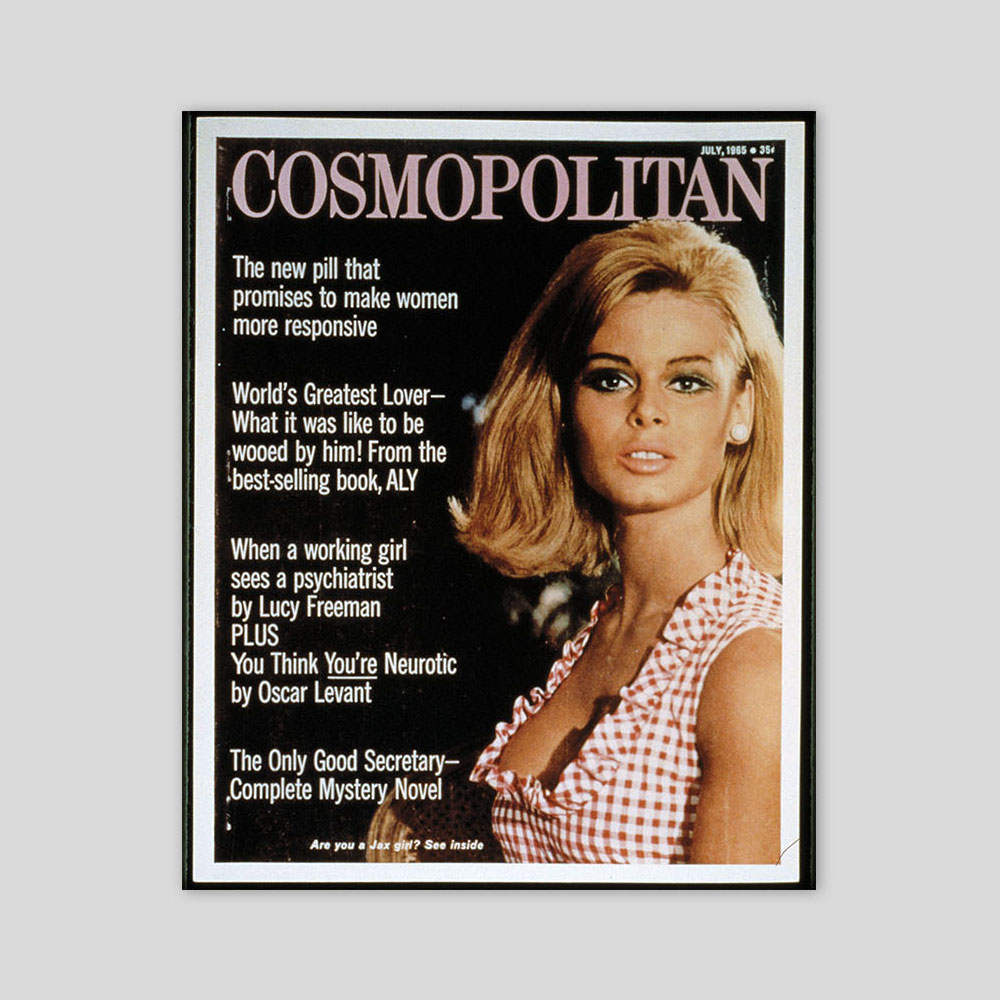
Cosmopolitan magazine, July 1965, editor Helen Gurley Brown, cover photographer J Frederick Smith, cover model Renata Boeck
INFORMATION
Receive our daily digest of inspiration, escapism and design stories from around the world direct to your inbox.
Uncovered: Revolutionary Magazine Covers published by Cassell. For more information, visit the Amazon website
Harriet Lloyd-Smith was the Arts Editor of Wallpaper*, responsible for the art pages across digital and print, including profiles, exhibition reviews, and contemporary art collaborations. She started at Wallpaper* in 2017 and has written for leading contemporary art publications, auction houses and arts charities, and lectured on review writing and art journalism. When she’s not writing about art, she’s making her own.
-
 Vacheron Constantin maps the zodiac on a watch dial
Vacheron Constantin maps the zodiac on a watch dialCraftsmanship and technical expertise combine in Vacheron Constantin's Métiers d’Art series, Tribute to the Celestial
-
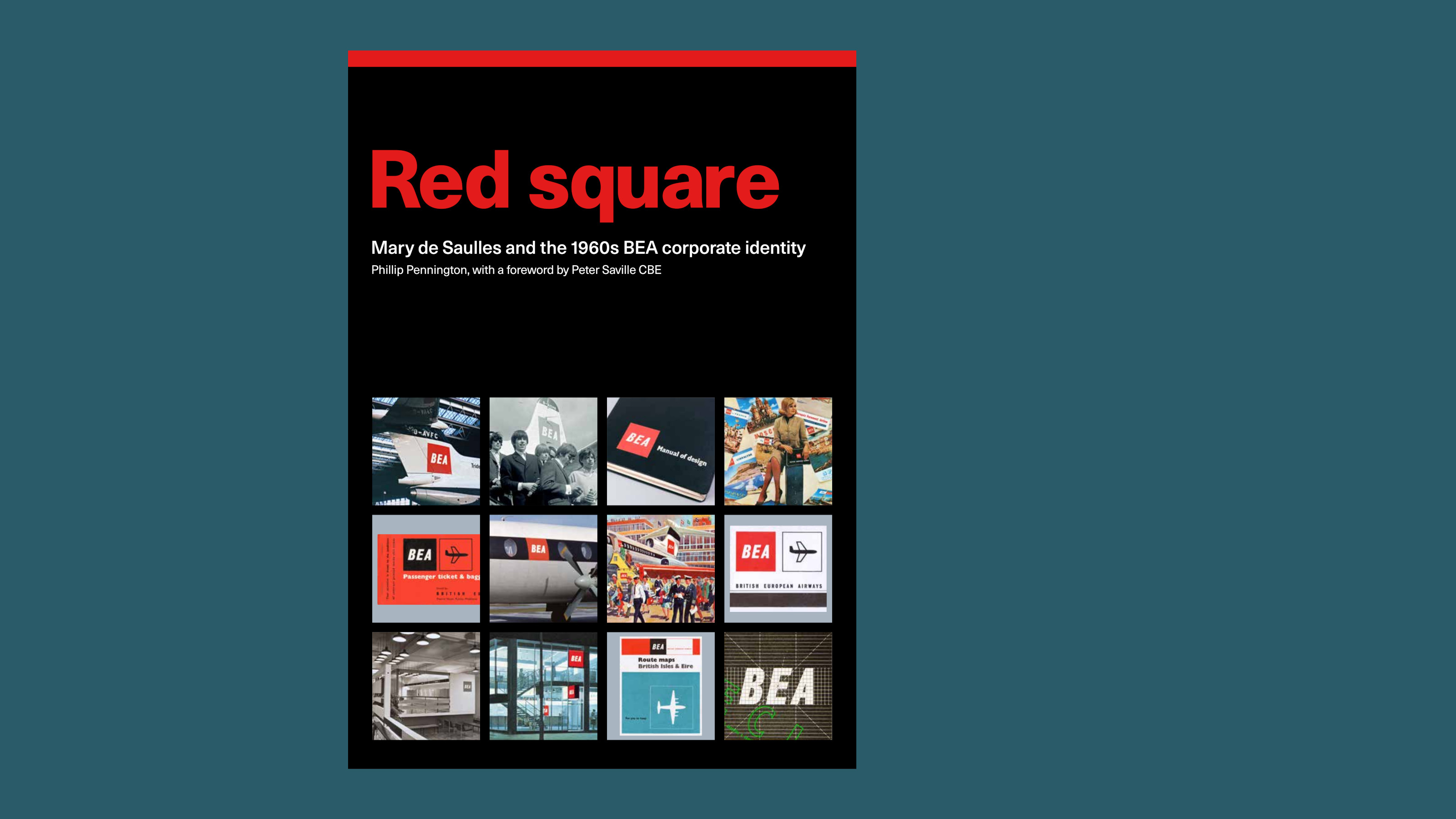 Delve into the visual world of a lost airline in this impressive chronicle of a corporate identity
Delve into the visual world of a lost airline in this impressive chronicle of a corporate identity'Red Square' is the story of Mary de Saulles and the 1960s BEA corporate identity, a comprehensive airline re-brand that still feels fresh today
-
 'A small piece of architecture': BassamFellows reissue Philip Johnson and Richard Kelly's floor light
'A small piece of architecture': BassamFellows reissue Philip Johnson and Richard Kelly's floor lightPhilip Johnson and Richard Kelly's floor light was originally designed for the architect's Glass House and available from BassamFellows this Autumn
-
 How to be a crisp sommelier: Neil Ridley on ‘bringing fun back into food and drink’
How to be a crisp sommelier: Neil Ridley on ‘bringing fun back into food and drink’The humble crisp is an easy crowd-pleaser for laidback hosts. Drinks expert Neil Ridley shares his tips for creating the perfect crisp-and-drink pairings, whatever the occasion
-
 'Moroseta Kitchen' is a new recipe book offering a glimpse into the Puglian countryside
'Moroseta Kitchen' is a new recipe book offering a glimpse into the Puglian countryside'Moroseta Kitchen - A Window Into The Puglian Countryside' by Giorgia Eugenia Goggi is based on the essence of eating in Italy, rooted in farm to table seasonal recipes
-
 ‘Bethlehem’ is a new recipe book celebrating Palestinian food
‘Bethlehem’ is a new recipe book celebrating Palestinian food‘Bethlehem: A Celebration of Palestinian Food’ is a recipe book by Fadi Kattan that celebrates culinary tradition and explores untold stories
-
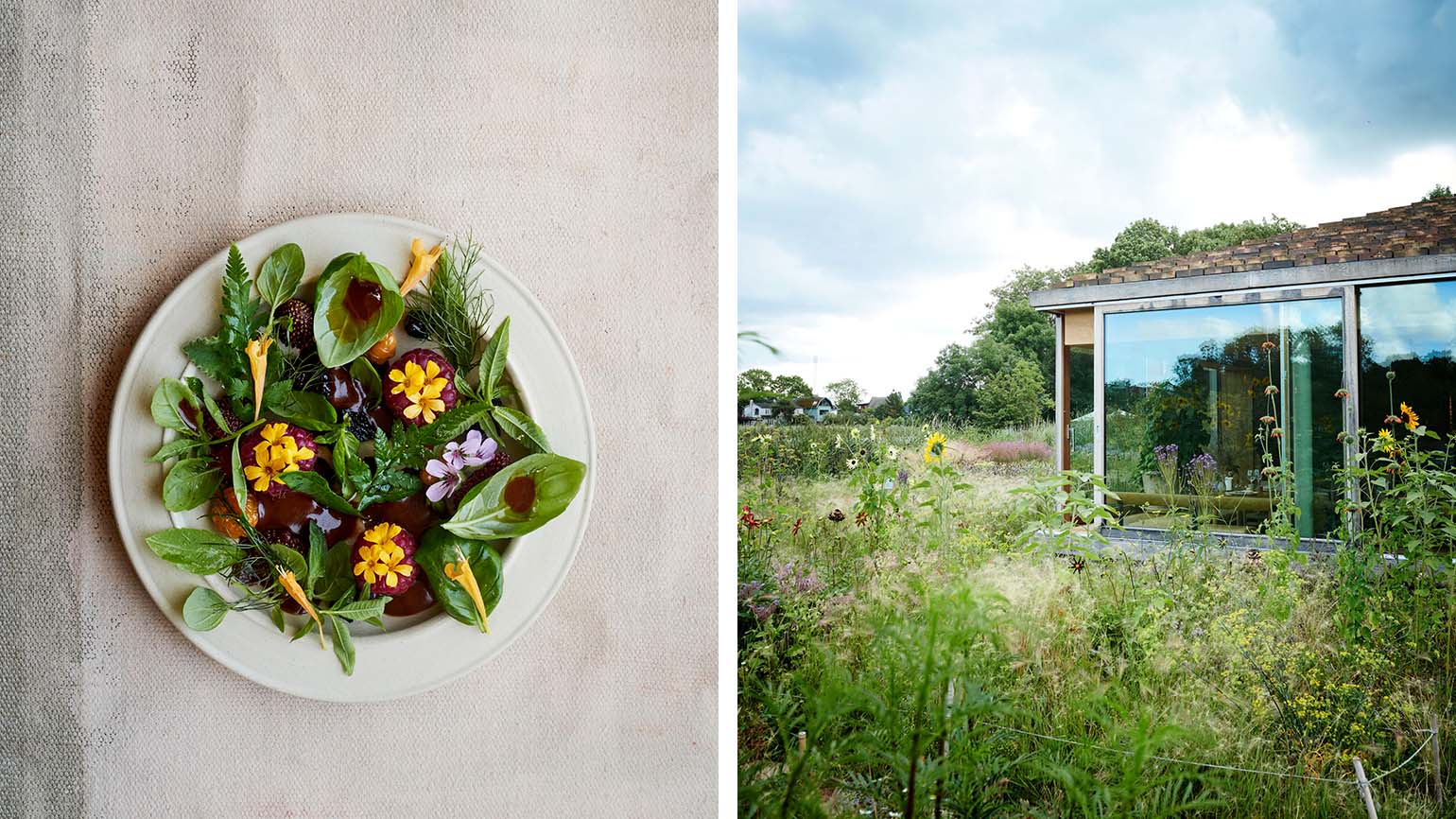 René Redzepi, Mette Søberg and Junichi Takahashi on Noma’s new cookbook
René Redzepi, Mette Søberg and Junichi Takahashi on Noma’s new cookbookLifting the lid on Noma’s secrets, a new cookbook celebrates the pioneering restaurant’s season menus, and offers a deep dive behind the scenes
-
 60-Second Cocktails book shakes up summer happy hour at home
60-Second Cocktails book shakes up summer happy hour at homeThis 60-Second Cocktails book brings summer happy hour into your home with easy but sophisticated cocktail recipes and tips to guide even novice shakers
-
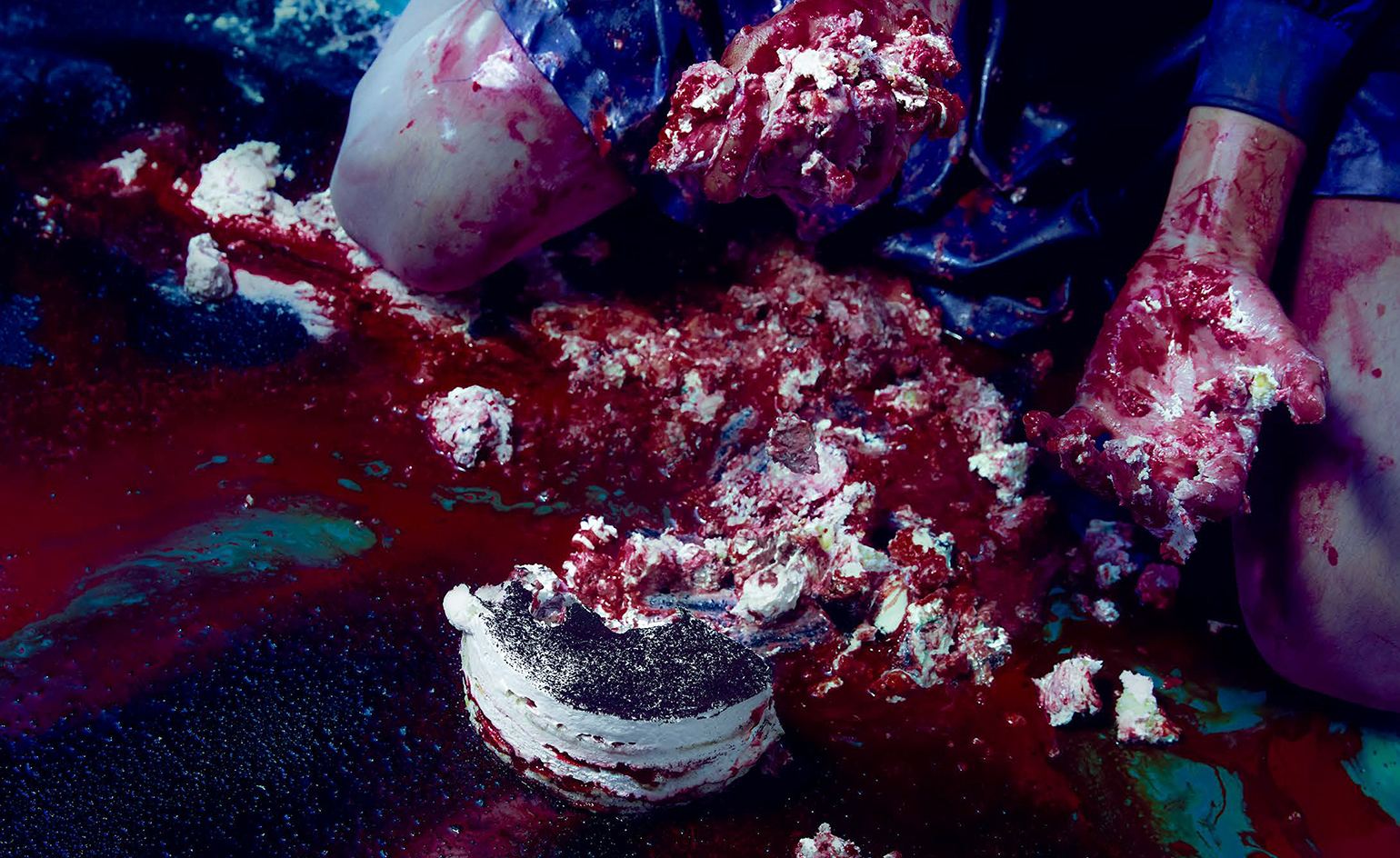 New cookbook transforms horror movies into terrifying food art
New cookbook transforms horror movies into terrifying food artHorror Caviar, the first cookbook from A24, features recipes inspired by horror movies, from creatives including Laila Gohar and Chloe Wise, alongside essays by Carmen Maria Machado, Stephanie LaCava, and more
-
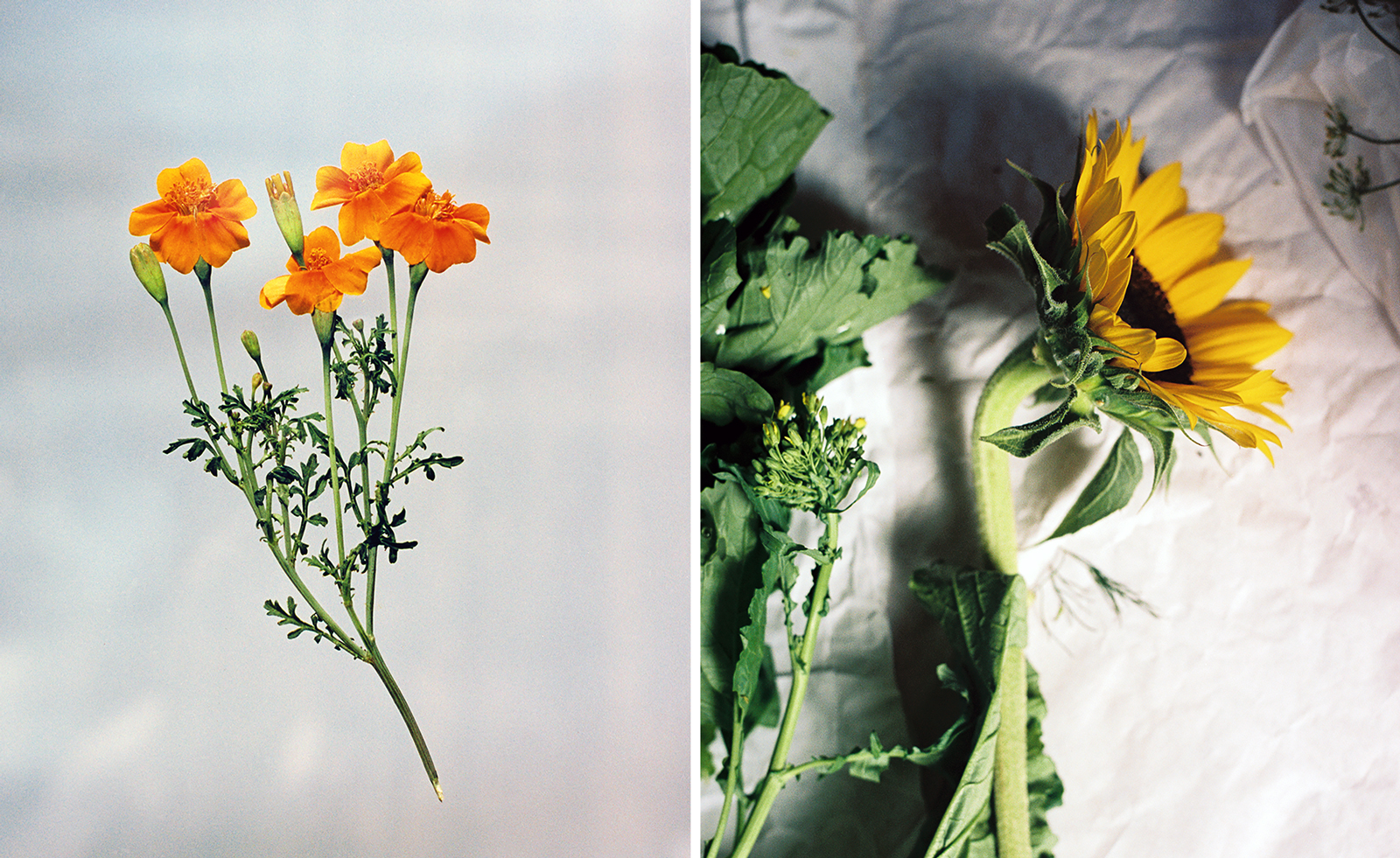 Edible flowers: the how, the what and the why
Edible flowers: the how, the what and the whyA new book from Monacelli, Edible Flowers: How, Why, and When We Eat Flowers, uncovers a fascinating history
-
 Match point: learn how to properly pair food and wine
Match point: learn how to properly pair food and wineLearn a thing or two about fine cooking and wine selection with this new book from the London Club